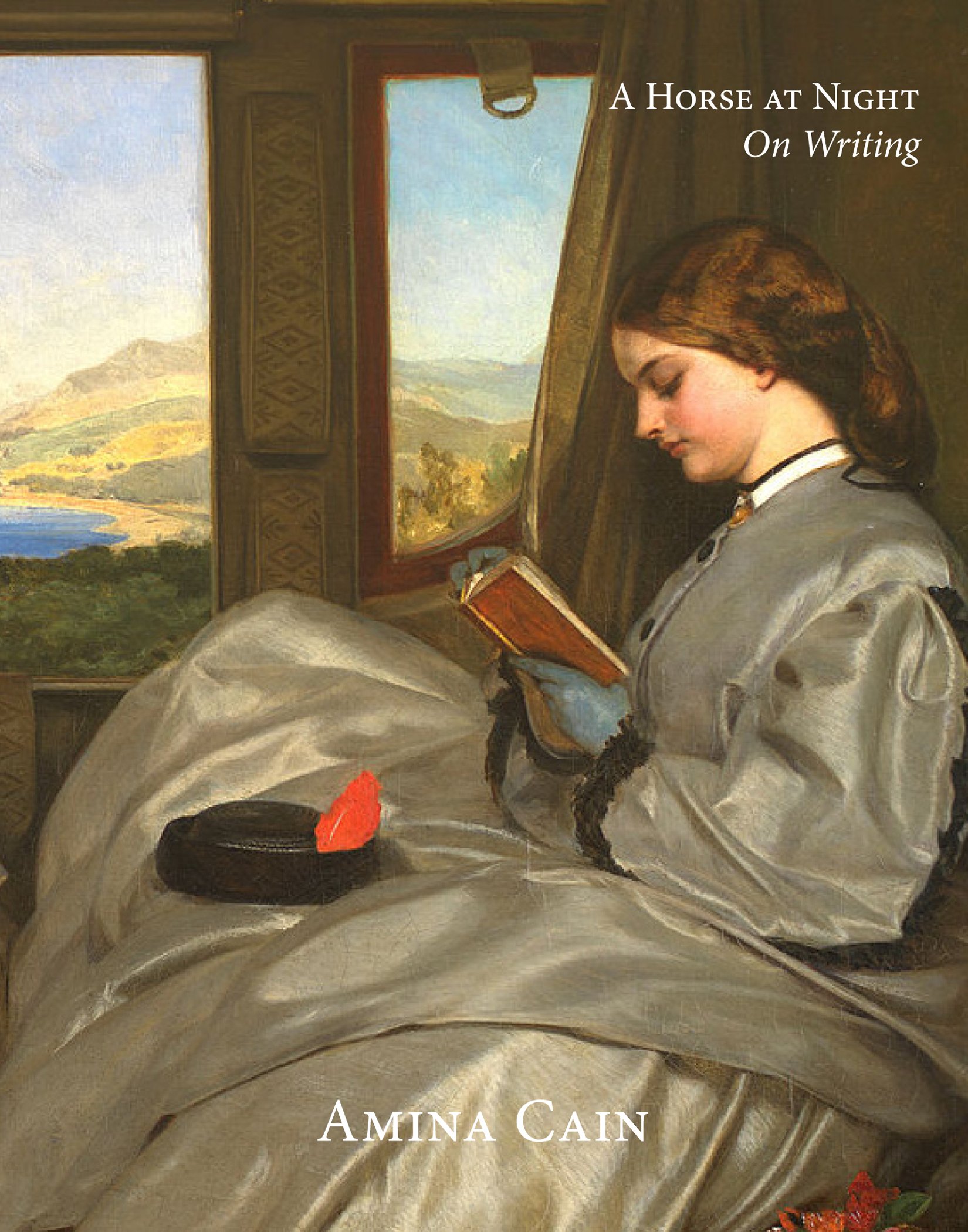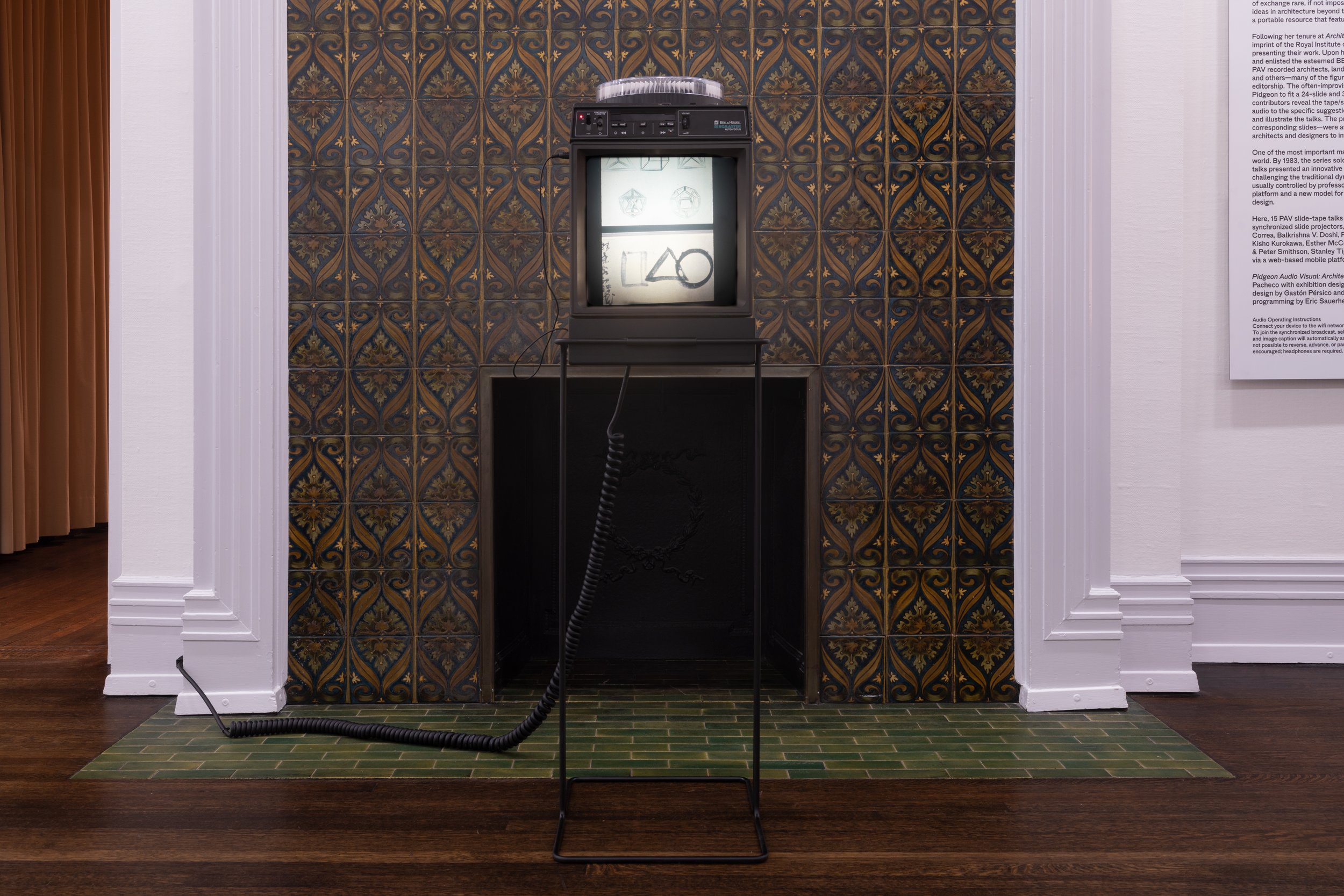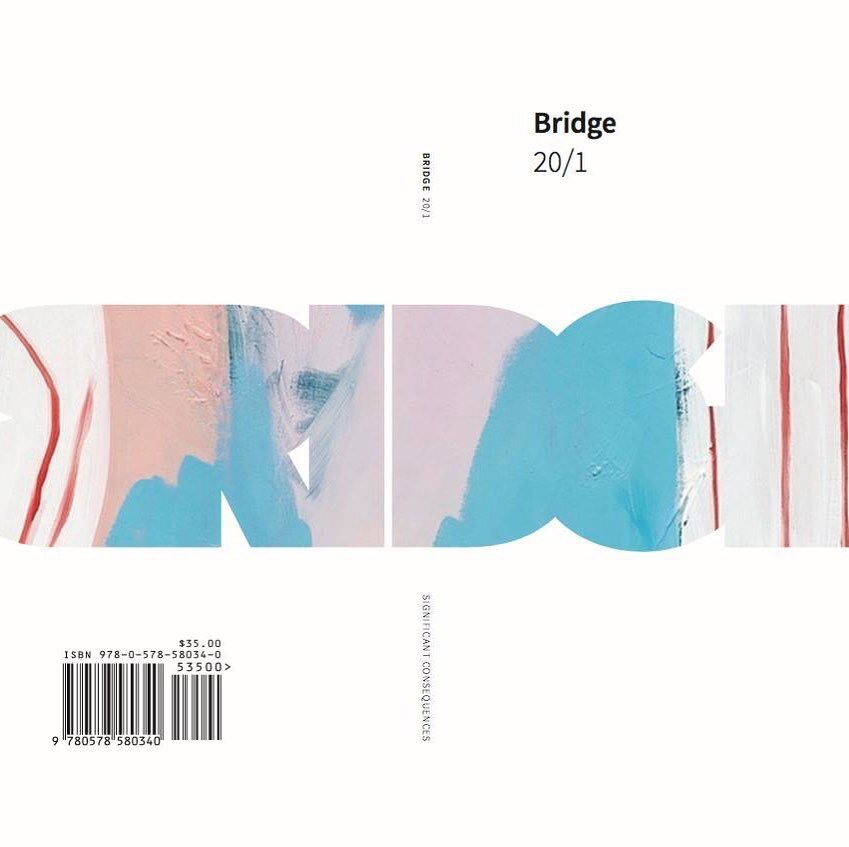Since 1999
Designed by Faust Ltd. & Michael Workman Studio
This program is partially supported by a grant from the Illinois Arts Council Agency. This project is partially funded by the National Endowment for the Arts.
Bridge is a proud member of the following alliances:
Welcome to Bridge. Only the most recent season of magazine articles is available here. Please click here to create an account & access past articles, general archives, the new Bridge Video streaming service, also updated weekly in-season, & more.
Featured from the archives: click the poem to read the second of two poems from Szymborska featured in Bridge V1N3, pages 106-107.

REVIEW: “A Horse at Night: On Writing” by Amina Cain
A personal library is an archive of references. It represents the books we’ve decided to hold onto and are proud to display. In Amina Cain’s book A Horse at Night: On Writing, published in October 2022, she sifts through the books and authors that have moved her, mimicking this act of contemplating a friend’s library. It is a transition book, made in-between projects. Words that Cain needed to write to move into writing a larger body of work. Some of her sentences are thoughts in progress, direct contemplations on writing while writing. “Recently, while working on a short story, I kept seeing its setting in the same way its narrator sees setting in the paintings she looks at when she visits a museum.” Described by author Ayşegül Savaş as “like light from a candle in the evening,” Cain’s small book feels more to me like a brightly lit room full of friends gathered around, opening and closing books, sharing with each other meaningful passages.

REVIEW: “Somewhere Between,” FLOCK & Artists at the Dance Center of Columbia College
A white marley floor and white backdrop provide the stark setting for Flock and Artists Somewhere Between performed this past weekend at the Dance Center of Columbia College. The dance opens with a female solo dancer beginning downstage right while the others stand around her on the stage. Her luscious deep lunges, supple arm movements and leg extensions soon bring the rest of the ensemble into the work, each dancer introduced with a saturated spot of colored light. For the next 65 minutes the work slips in and out of a series of duets, trios, quintets and full ensemble all danced superbly by Alice Klock, Florian Lochner, Liane Aung, Robert Rubama, Kevin Shannon and Emily Krenik.

REVIEW: Aria Dean, “Abattoir, U.S.A.!” at The Renaissance Society
In Abattoir, U.S.A.!, artist and writer Aria Dean presents a video installation of the interior an empty slaughterhouse in an ambitious exploration of architecture, death, narrative, and modernism. The Renaissance Society gallery space was highly stylized for this installation with the addition of a metal door, a rubber floor, and gray side walls. These elements very compellingly mirror the aesthetics of the slaughterhouse and help to build up an eerie, smothering atmosphere which heightens the senses and makes the viewer more tense and alert.

REVIEW: “Enter The Mirror” at The Museum of Contemporary Art Chicago
The Museum of Contemporary Art Chicago is presenting Enter The Mirror, where each piece calls us to acknowledge truths that are difficult or unpleasant to see. In artworks spanning the late 1970s to the mid–2010s, artists grapple with violence, trauma, corruption, historical distortion, and the abuse of power, bearing witness to the unmistakable ways that these forces have shaped our contemporary world. In a moment when the willful refusal to confront facts and history is dangerously common, Enter the Mirror asks us to do the opposite: to “enter the mirror” and see our complicity in the world around us reflected in the powerful work of 20 artists.

REVIEW: Forecast Form: Art in the Caribbean Diaspora, 1990s – Today at the Museum of Contemporary Art, Chicago
To describe the Caribbean is like trying to describe an enigma. The islands that comprise the region were originally home to indigenous Taino and Arawak tribes before European colonization turned them into some of the largest ports for the Trans-Atlantic Slave Trade. Fast forward 500 years later, there are even more influences that exist in the form of immigrant communities from East and South Asia, as well as the MENA regions. Coming from a Puerto Rican family, I’m well-versed in the hodgepodge of cultures that comprise the Caribbean diaspora. However, very rarely have I ever seen Caribbean history reflected in museums, which made me eager to visit the Forecast Form: Art in the Caribbean Diaspora, 1990s–Today exhibit currently on display at the Museum of Contemporary Art.

REVIEW: Ali Feser and Heather Kai Smith: Pawing the Ground In Place at the Reva and David Logan Center for the Arts
In this two-woman show, Heather Kai Smith and Ali Fesser explore iterations of utopia and the medium of photography through drawing, print, projection, and installation. The exhibition spans across two rooms in the Logan Center’s gallery. Three of the walls of the main room of the exhibition are occupied by Heather Kai Smith’s drawings and prints. This collection of work is moving, hopeful, and utopian. The series of 28 drawings, titled Variations on idiorrhythmy, depict themes of interpersonal closeness, collective action, mutual aid, and group fun. The compositions of the drawings are very photographic, with some having a vignette and some having a white border. Negative space often delineates the highlights. All but two of the drawings denote groups of people, ranging from three to uncountable crowds.

REVIEW: “Pidgeon Audio Visual: Architects Speak for Themselves” at the Graham Foundation
Mining the Pigeon Audio Visual (PAV), a show that recently closed at the Graham Foundation on February 25th, is a series of 15 slide-tape talks with leading architects selected from the PAV archive of over 200 presentations. In addition to architects, the archive also includes presentations by urbanists, theorists, artists, designers and landscape architects. The tape-slide talks were produced between 1979-1989 and consist of studio sessions with the speakers that were each edited into a 24-slide/30-minute format. Monica Pidgeon, the editor of the prestigious RIBA (Royal Institute of British Architects) and Architectural Design (AD), an influential London-based magazine, developed these presentations to be distributed to libraries and institutions in an era when international travel was less available, difficult and expensive.










